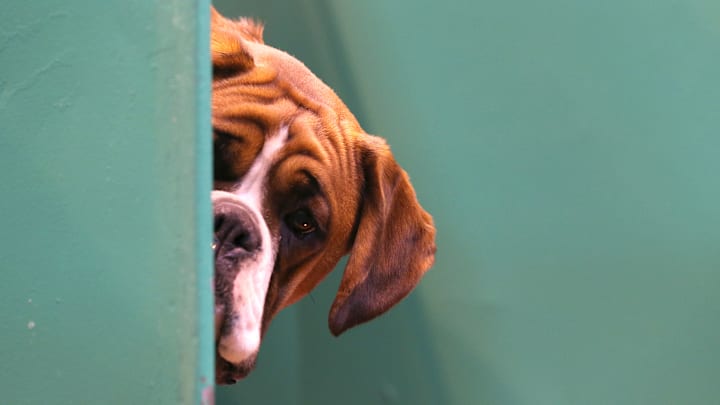How to Create a Safe and Enriching Outdoor Space for Your Pet

The first step in creating an outdoor space for your pet is to secure the area. For dogs, this means ensuring that your yard is fully fenced with a barrier that is high enough and sturdy enough to prevent your dog from jumping over or digging under. If your dog is a digger, consider adding a barrier beneath the fence, such as buried chicken wire or concrete pavers, to discourage them from tunneling out. For cats, a fully enclosed “catio” or outdoor cat enclosure is ideal. These enclosures allow your cat to experience the outdoors safely, without the risk of running away or encountering dangers like traffic or predators.
Once the area is secure, consider adding features that will enrich your pet’s outdoor experience. For dogs, this might include a designated digging area filled with sand or dirt where they can safely dig to their heart’s content. You can also set up an obstacle course with tunnels, ramps, and hoops to provide physical and mental challenges. A kiddie pool or sprinkler can offer a fun way for your dog to cool off on hot days.
For cats, vertical spaces are important in an outdoor environment. Adding shelves, perches, or platforms at different heights allows your cat to climb, observe, and bask in the sun. You can also create hiding spots with small shelters or dense plants where your cat can
retreat if they feel overwhelmed. Planting cat-friendly herbs like catnip, catmint, or valerian can add extra enrichment and attract your cat to the area.
Another important aspect of an outdoor space is ensuring that your pet has access to shade and fresh water. Provide shaded areas where your pet can escape the sun, especially during the hottest parts of the day. This can be achieved with a canopy, large umbrella, or by planting trees or shrubs. Always have fresh water available, and consider placing multiple water bowls around the yard or enclosure.
Safety is paramount in any outdoor space, so be mindful of potential hazards. Avoid using toxic plants, pesticides, or fertilizers in the area, as these can be harmful to your pet if ingested. Regularly check the space for sharp objects, holes, or other dangers that could cause injury. If you have a pool or pond, ensure that it is securely covered or fenced off to prevent accidental drowning.
Finally, supervise your pet while they are enjoying their outdoor space, especially during the initial introduction. This allows you to monitor their behavior and ensure that they are using the space safely. Over time, as your pet becomes more comfortable, you can gradually increase their unsupervised access to the area.
In conclusion, creating a safe and enriching outdoor space for your pet requires careful planning and consideration. By securing the area, adding enriching features, and prioritizing safety, you can provide your pet with a stimulating and enjoyable outdoor environment that enhances their well-being.